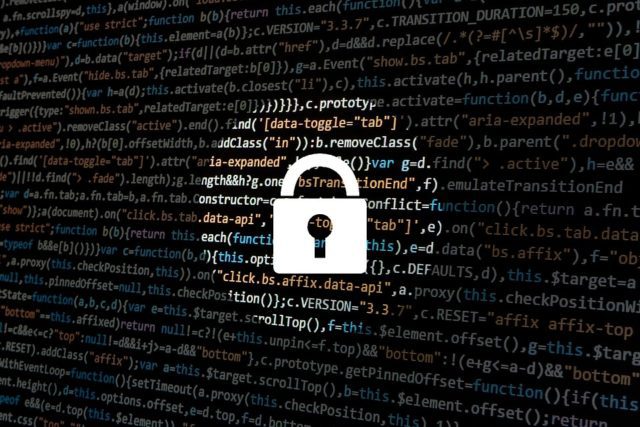You probably can recall the recent story of when Mark Zuckerberg had to testify before Congress regarding the Cambridge Analytica Data Leak. In comparison to a data breach, such as the Marriott International incident, there are some slight differences to be aware of. We’ll briefly cover these differences, how you should treat each of the attacks, and how you can best keep yourself secure.
What is a Data Breach?
A Data Breach is the term that is more commonly used when discussing the exposure of confidential data from an external source. A Data Breach is encompassed by attacks on the data by an unauthorized user. This will come in many forms, such as hackers or social engineers, someone who can coerce you into providing them with access to information they shouldn’t have. In the case of Marriott International, hackers planted themselves in Marriott’s systems sometime in 2014, but weren’t uncovered until 2018; this led to the exposure of up to 500 million guests’ information. This could have been detected sooner if the company were to practice standard security audits.
What is a Data Leak?
In contrast, a Data Leak is encompassed by the exposure of a vulnerability or information. This differs from a data breach, in that the exposure of this information can not be confirmed to have reached the masses. How the data is exposed can come in many different forms, such as a user being granted improper access to a site, having a flaw in your security policies, or even having an application developed incorrectly, leaving confidential information exposed and at risk. The key here is that it comes from an internal source or flaw in the process. In the case of the Facebook-Cambridge Analytica scandal, it came in the form of a whistleblower – someone who speaks out against unethical practices – that exposed how Cambridge Analytica was gathering data on more users than intended. As there was no information exposed to the the mass population, this situation would be considered a data leak.
What can I do?
Details aside, any exposure is bad for the end-user. Unfortunately, there will be no way for you to directly prevent these issues from third party companies, such as social media sites, online shopping sites, and other companies. However, there are ways to reduce the effect these issues have on you, the end-user. Standard Cyber Security practices should always be in place when you’re online. Don’t use the same password on multiple sites, be wary of email from untrusted senders, and running scheduled scans are a few simple ways to secure your personal information.
If you work in a business that stores any amount of confidential information, be certain that everyone is running active Anti-Virus and have locked down access to your servers, so that no one without permission is able to access your data. With the Managed Services that SandStorm IT can provide, we’d be able to to manage your Anti-Virus, security patches, and provide pro-active monitoring to your systems. We’d be alerted of any viruses moving into your environment, as well as phishing attempts, and malicious processes running on your computer, so we can take appropriate action. If you have any questions or concerns about your cyber security, feel free to reach out to us at 901-475-0275.

